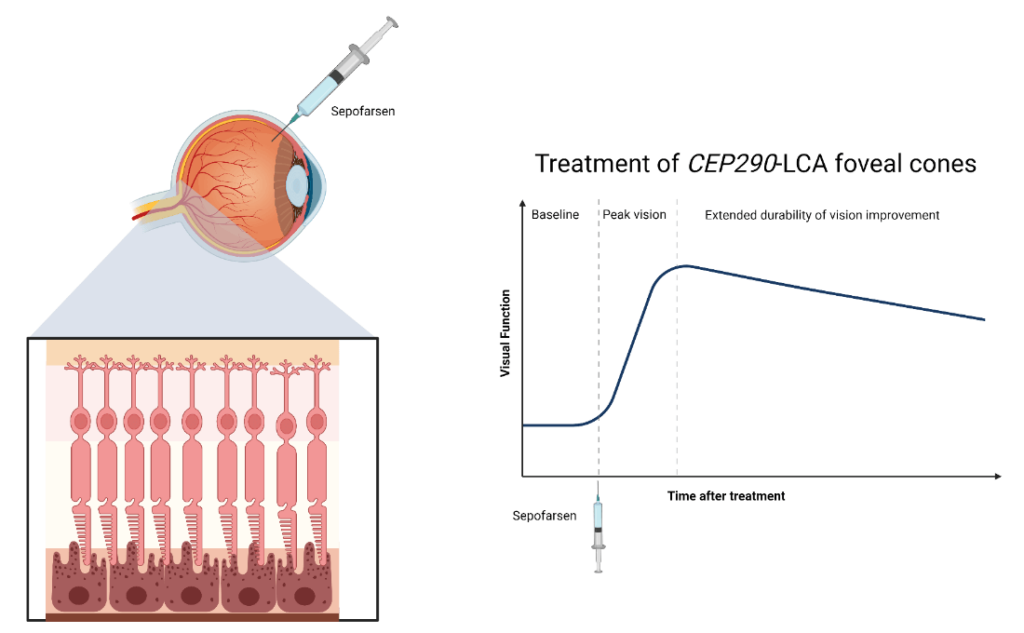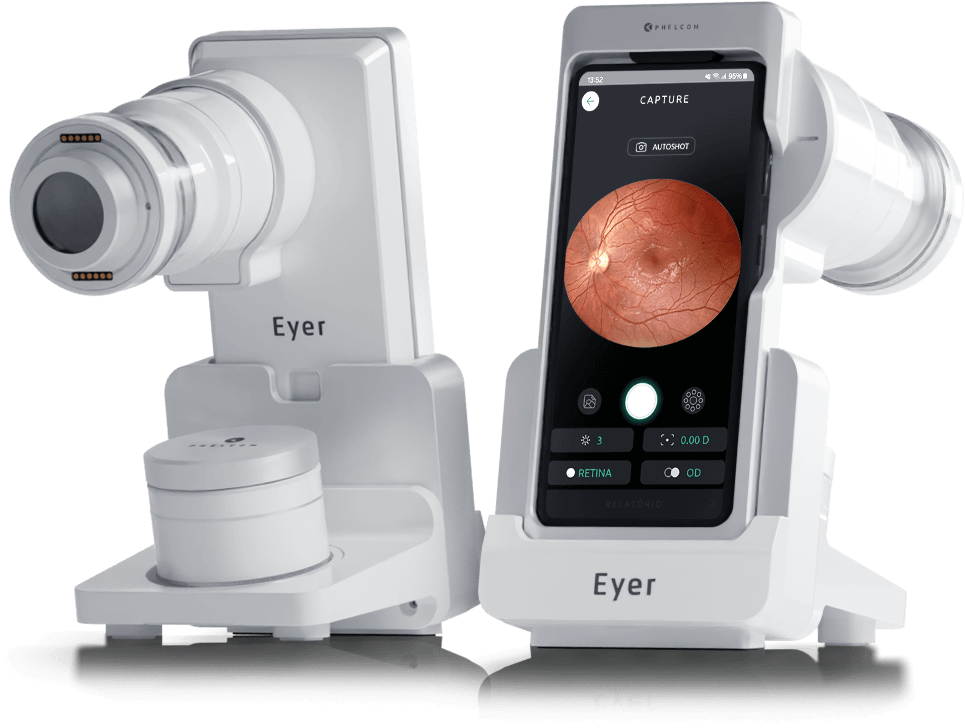Imagine losing sight in childhood and regaining it partially after many years? This happened to a patient who received an experimental genetic treatment aimed to recover the vision of patients with Leber Congenital Amaurosis (LCA) and severe visual impairment. The rare disease can cause blindness.
The research is led by the Scheie Eye Institute of the Perelman School of Medicine at the University of Pennsylvania in the United States (USA). The report case was recently published in Nature journal.
Learn more about the study and results. Also learn how the patient recovered his vision for longer than a year, after receiving the drug.
The research
The researchers applied intraocular injections of sepofarsen, a small molecule (oligonucleotide), in patients with Leber Congenital Amaurosis (LCA), which caused severe visual impairment.
The oligonucleotide is a small piece of RNA (genetic code) that acts on increasing levels of the CEP290 protein in the photoreceptors of the eye. This results in improved retinal function in daytime vision conditions.
The research used genetic engineering, seeking to improve the function of non-responsive cells. For this, the patient needs to present a relatively good amount of cells so that the surrounding ones could achieve vision recovery.
In 2019, scientists noted that reapplying the injections every three months increasingly improved the vision of the ten patients who took part in tests.
However, recently, the study showed surprising results by injecting only one dose.
Recovering vision after a single dose
After the first dose, the 11th study volunteer did not want to receive the subsequent injections, since he feared developing cataract. Up to then, the patient had reduced visual acuity, narrow visual fields and absent night vision.
However, what happened next surprised the researchers: after a month, the patient had his vision improved. In the following month, however, the patient presented the best results of visual acuity. During 15 months, the effects of the injection were still noticeable.
The results showed that the treatment promoted remarkable changes in the fovea, the core of human vision. “This sets a new standard in which biological improvements are possible with oligonucleotide therapy in Leber Amaurosis caused by mutations,” believes professor and ophthalmology researcher Artur Cideciyan.
Next steps
Now, researchers are investigating the reasons why only one dose generated such satisfactory results, as well as vision recovery. One hypothesis is that, even though they are tiny, RNA molecules are too large to be eliminated early, which allows for continuous visual improvement.
For the next studies, the researchers plan to create specific gene therapies for other hereditary disorders that affect the retina and that are incurable.
Conclusion
In fact, the result of this single patient demonstrates that genetic treatments can increasingly bring more advantages to patients, with longer lasting results.
For example, there are gene therapy already approved for hereditary retinal diseases.
Several researches are still necessary to confirm such theory. However, this discovery already encourages new studies based on gene therapy.
Reviewed by Paulo Schor, ophthalmologist, free professor and director of innovation of the Federal University of São Paulo (Unifesp) and collaborator of the Faculty of Medicine of the Albert Einstein Hospital.
Follow the main news on eye health on Phelcom blog.





